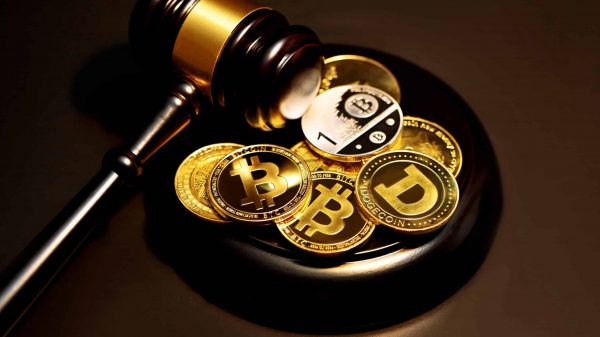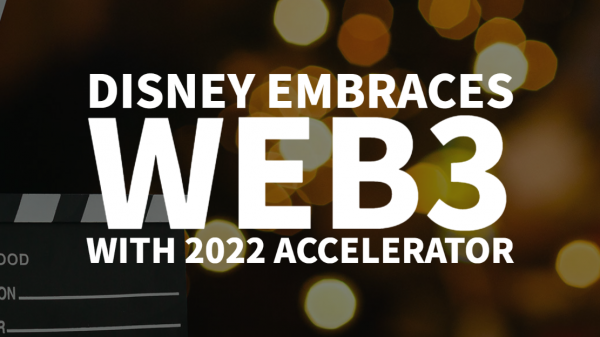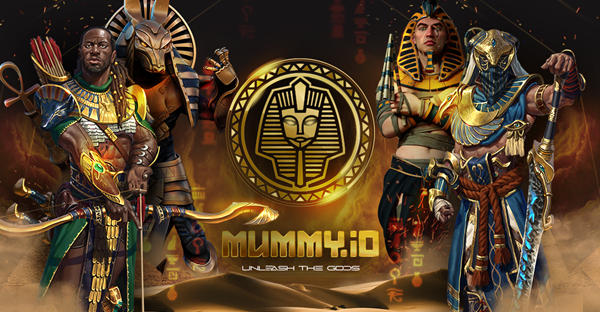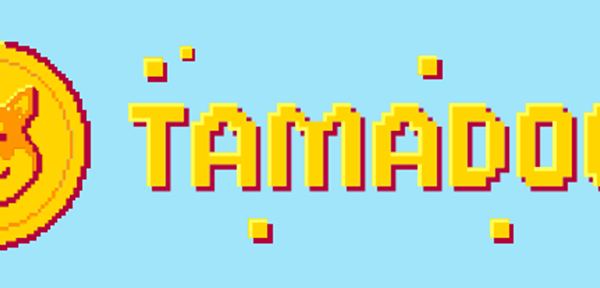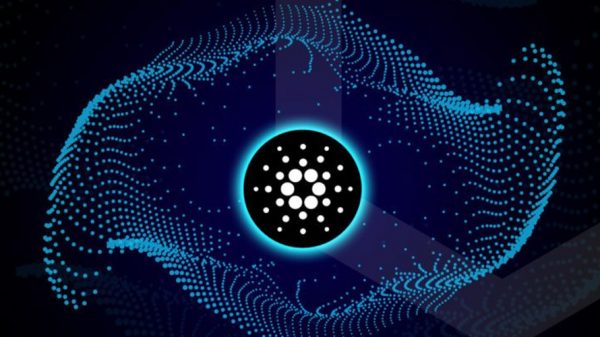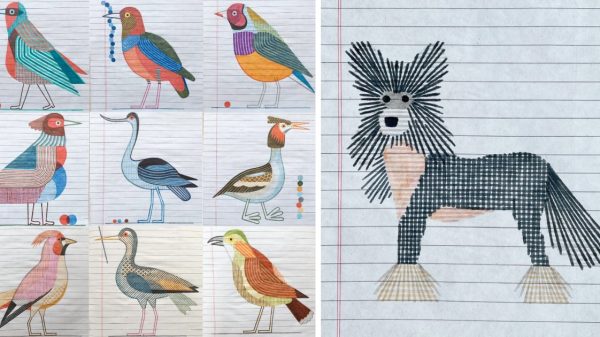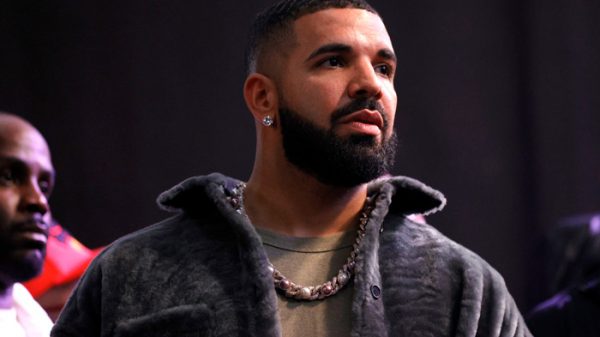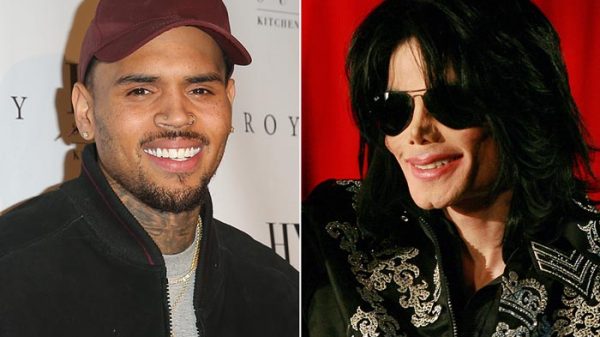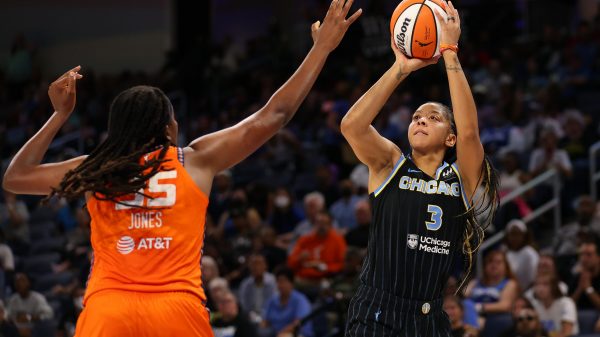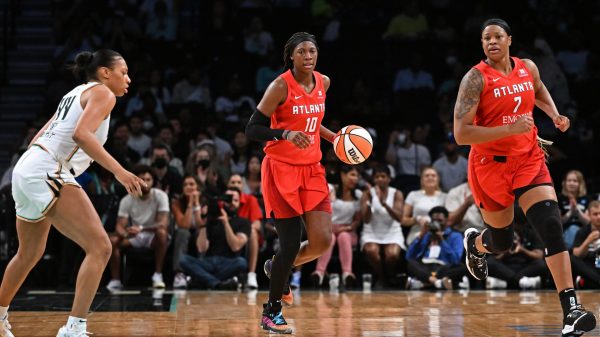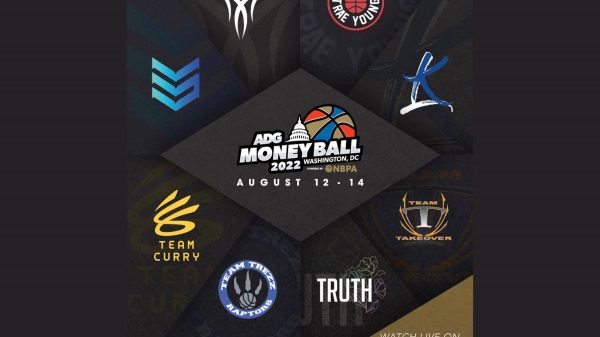Article from: OpenSea
The following guest post is an abridged version of “Music NFT sales in 2021: What we learned,” a longform analysis of 2021 music NFT sales conducted by the Water & Music community in April 2022.
As NFTs continue to pervade the mainstream discourse, we thought now would be a good time to examine what we learned from music NFT sales in 2021. Over the course of six weeks, more than 20 contributors in our community worked together to analyze pricing and utility trends across over 1,500 music NFT drops in 2021, representing more than $86M in primary sales.
A bit about our database: In our tracking, we define a “music NFT” fairly liberally as an NFT that satisfies any of the following criteria:
In our view, an NFT does not have to contain audio to be related to music, nor do we consider every NFT that contains music audio to be an “Music NFT”. More broadly, our goal is to show where musicians or music brands are benefiting from the technology.
In our collaborative analysis, we found the following high-level takeaways:
Both in terms of number of drops and total revenue in USD equivalent sales, music NFT activity spiked early in 2021, cooled down in the summer, and then rose again in Q4. This reflected the overall NFT market.
Indie-label and unsigned artists accounted for the majority (64%) of primary music NFT sales. The absence of middlemen has been a strong rallying cry for many artists entering web3, particularly the appeal of artists having direct control of rights and access to their own communities.
In our analysis, we defined genres broadly and at a very high level (no multi-hyphenate sub-genres here), and found that the most popular genre by share of primary sales revenue was electronic (65%), followed by hip-hop (19%). While the trend stayed true over time, we began seeing more uptake from other genres towards the end of the year like country and even classical.
(Due to our location and community makeup our database tends to be biased toward English-speaking, Western countries, so we may be missing sectors due to language and platform barriers.)
Average music NFT pricing remains expensive, but has fallen over time. Between February and December 2021, the average price per tracked music NFT fell by 46%, from $18.8K to $10.2K per unit; the median fell by 27% over the same time frame, from $1,000 to $825 per unit.
At the beginning of 2021, when the letters “NFT” entered the household lexicon, the attention to technology was largely due to headline-grabbing, celebrity-driven mega drops. The appetite for those high-dollar sales has subsided for the most part, and has been gradually replaced by multiple-edition, PFP-type collections, which is driving down the average cost-per-edition and presumably recruiting more collectors and fans into web3.
Marketplace competition is heating up. Early in the year, Nifty Gateway dominated with over 60% share of primary music NFT revenue. By the end of the year, the leader (OpenSea) had only 28% share of the primary sales revenue we tracked, facing competition from many new platforms like Royal, Sound, and Nina.
We tracked more than 20 new Music-focused NFT platforms that launched in the second half of 2021 alone, and more still have launched in 2022.
As these platforms launched with their own unique selling propositions, we found that artists continued to experiment with different forms of utility for NFTs, delivered either on-chain (i.e. built into an NFT’s smart contract, such as NFT revenue splits or on-chain music storage) or off-chain (i.e. delivered and experienced outside of blockchain-specific environments, such as in-person events, physical merch, and general community-building).
The music itself is of course a clear starting place for providing utility within music NFTs. Since the NFT acts as a ledger and provides provable ownership of the token, it can attract collectors and fans by endowing a sense of personal connection and/or social status. Here the emotional value of the music is at the forefront of the primary sale and still there is some potential for future economic value, such as a secondary sale. This is what distinguishes an NFT from, say, a vinyl record: The smart contracts used to build NFTs allow creators the ability to offer fans more benefits directly over time, in a modular fashion.
On the other hand, we saw numerous examples of benefits being added to the value of an NFT purchase that requires management and fulfillment outside of the blockchain. They include methods of community-building, connecting to live experiences, merch, and philanthropic efforts.
In line with a common framing in the music industry of NFTs as “digital collectibles” are the physical and digital goods packaged with many of these NFT sales. In this category we found examples of back-catalog support such as archival footage and never-before-seen live sets; current release support like signed prints, CDs, and vinyl records; and future/pre-release support that provide access to exclusive previews via private communities or VIP chats (which also ties back to the community-building utility).
While 2021 was a banner year for music NFTs, this was only a snapshot in time of what we see to be continuous evolution of both the technology itself and how musical artists will be using them.
In our report, we acknowledge and challenge that many changes are still imperative for music NFT technology to persist, including:
More broadly, web3 in-and-of-itself is not a silver-bullet solution to the problems that may face artists and the music industry at large. What we see, though, is a powerful tool that thousands of artists, music brands, and platforms are using to explore new and creative use cases, quickly building and scaling on activities led by others before them. Many have benefited in both monetary and non-monetary ways, and have helped to onboard other artists, fans, and collectors into this new world.
At Water & Music, we will continue to track primary music NFT sales and also explore secondary sales and other forms of utility, to help artists and entrepreneurs navigate and demystify the ever-changing landscape as best we can in real time.
Water & Music is a newsletter and research DAO on a mission to empower the music industry with the knowledge, network, and skills to do more innovative and progressive work with technology. We accomplish this through a highly social and cooperative approach to intelligence — building dynamic, collaborative systems for producing, exchanging, and distributing cutting-edge insights on emerging music/tech trends.
Our membership is home to 1,500+ professionals across music and entertainment, spanning everyone from indie artists and startup founders to marketers, investors, and C-Suite executives at major music companies. In January 2022, we launched our $STREAM governance token for rewarding contributors to our collaborative research and editorial projects, which is now in the hands of over 400 supporters in our community. What makes our work stand out is our relentless curiosity, our penchant for experimentation, our passion for interdisciplinary thinking, and our recognition of constructive critique as a driving force of progress in music, tech, and culture.
The post 2021 Music NFT Sales Analysis appeared first on OpenSea Blog.
source
Article from: OpenSea



